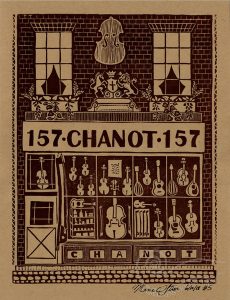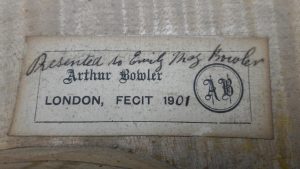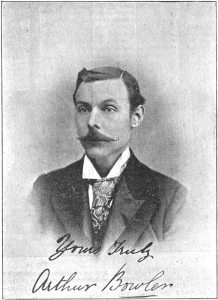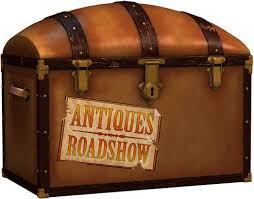Violin by Arthur Bowler, London 1901
Arthur Bowler was born in Thame, Oxfordshire in 1867. He was the nephew of Georges Chanot III, who was a member of the preeminent Chanot violinmaker family. The Chanot Family originated in Mirecourt, France, then moved to London where Georges III established a renowned violin shop in 1858 (see image). Arthur Bowler became apprentice to Joseph Anthony Chanot in Wardour Street from 1895-1899, where he had the opportunity to repair many fine instruments and became principal assistant. He then came under the patronage of the great German violinist August Wilhelmj and was entrusted with the repairing and adjusting of his large collection of Pressenda instruments.
 Bowler established his own shop in Islington in 1899. Throughout his life, he built about 40 violins, many of which were modelled after the “Messiah” Stradivarius. Regarding Bowler’s craftsmanship, Rev. W. Meredith-Morris writes in a 1899 article from The Strad: “The wood is magnificent, the workmanship absolutely perfect. In his choice of wood, Bowler keeps his eye on the artistic, but his heart on the acoustic” (365). In his book Universal Dictionary of Violin & Bow Makers, William Henley says of Arthur Bowler’s work: “We anticipate great distinction for these instruments. They will stand out from the multitude, connoisseurs will revert continually to them as having a rare conjunction of perfect tonal maturity and unimpaired structural solidity” (157).
Bowler established his own shop in Islington in 1899. Throughout his life, he built about 40 violins, many of which were modelled after the “Messiah” Stradivarius. Regarding Bowler’s craftsmanship, Rev. W. Meredith-Morris writes in a 1899 article from The Strad: “The wood is magnificent, the workmanship absolutely perfect. In his choice of wood, Bowler keeps his eye on the artistic, but his heart on the acoustic” (365). In his book Universal Dictionary of Violin & Bow Makers, William Henley says of Arthur Bowler’s work: “We anticipate great distinction for these instruments. They will stand out from the multitude, connoisseurs will revert continually to them as having a rare conjunction of perfect tonal maturity and unimpaired structural solidity” (157).
This particular violin made in 1901 is a beautiful example of Bowler’s craftsmanship. It has a beautiful deep red-over-gold varnish and a stunning one-piece maple back. On the inside Bowler inscribed, “Presented to Emily Mary Bowler”, a dedication to his daughter who would have been a young child when the violin was made. It has a beautiful resonant tone and gutsy core, with plenty of finesse and clarity. The response is quick, facilitating agility across all registers. This violin would be an excellent choice for a professional who wants an instrument both rich in sound and history.

By: Isabel Dammann



